Introduction to the Crankshaft Sensor
The sensor crankshaft is a critical component in modern internal combustion engines. This sensor plays a vital role in monitoring the position and rotational speed of the crankshaft. The information it provides is crucial for the engine control unit (ECU) to optimize fuel injection timing and ignition timing. Understanding the function of the crankshaft sensor helps vehicle owners appreciate its importance in engine performance and efficiency.
As automobile technology continues to advance, the complexity of engine management systems has also increased. The crankshaft sensor serves as a link between mechanical motion and electronic control, ensuring that the engine runs smoothly and efficiently. When this sensor fails or provides inaccurate readings, it can lead to reduced performance, poor fuel efficiency, and even engine stalling. This article will cover how the crankshaft sensor works, its role in engine performance, signs of failure, and tips for maintenance and replacement.
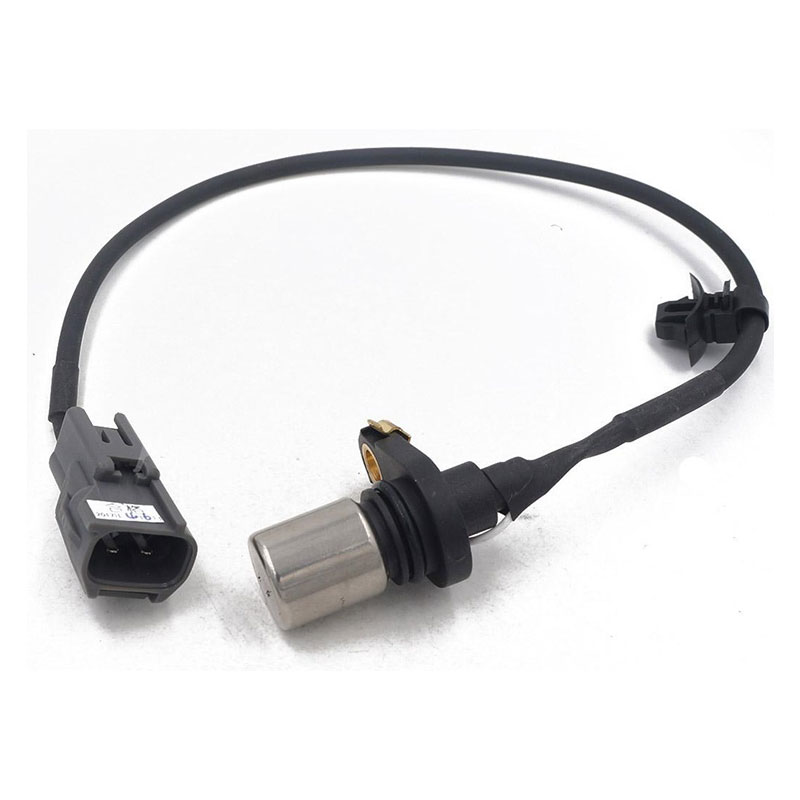
How the Crankshaft Sensor Works
Types of Crankshaft Sensors
There are mainly two types of crankshaft sensors commonly used in vehicles: magnetic sensors and Hall effect sensors. Magnetic sensors function by using a magnetic field to detect the position of the crankshaft. As the crankshaft rotates, a reluctor wheel passes by the sensor, creating a varying magnetic field. This variation produces voltage signals that the ECU interprets.
On the other hand, Hall effect sensors use a different mechanism. These sensors generate a voltage signal in response to a magnetic field. When the teeth of a reluctor wheel pass near the sensor, they alter the magnetic field. This change triggers the sensor, sending a signal to the ECU. Both types of sensors are reliable, and their choice may depend on the manufacturer and engine design.
The Importance of Accurate Readings
The information provided by the crankshaft sensor greatly affects engine performance. It determines when the fuel injectors should spray fuel and when the ignition system should create a spark. Accurate readings are crucial for optimal engine combustion. If the sensor misreads the crankshaft position, it can lead to poor performance, causing the engine to run too rich or too lean.
When the engine runs too rich, it means there is an excess of fuel compared to air, which can cause issues like increased emissions and poor fuel economy. Conversely, if the engine runs too lean, it can cause knocking, overheating, and potential engine damage. Thus, the crankshaft sensor plays a pivotal role in maintaining the balance needed for proper combustion.
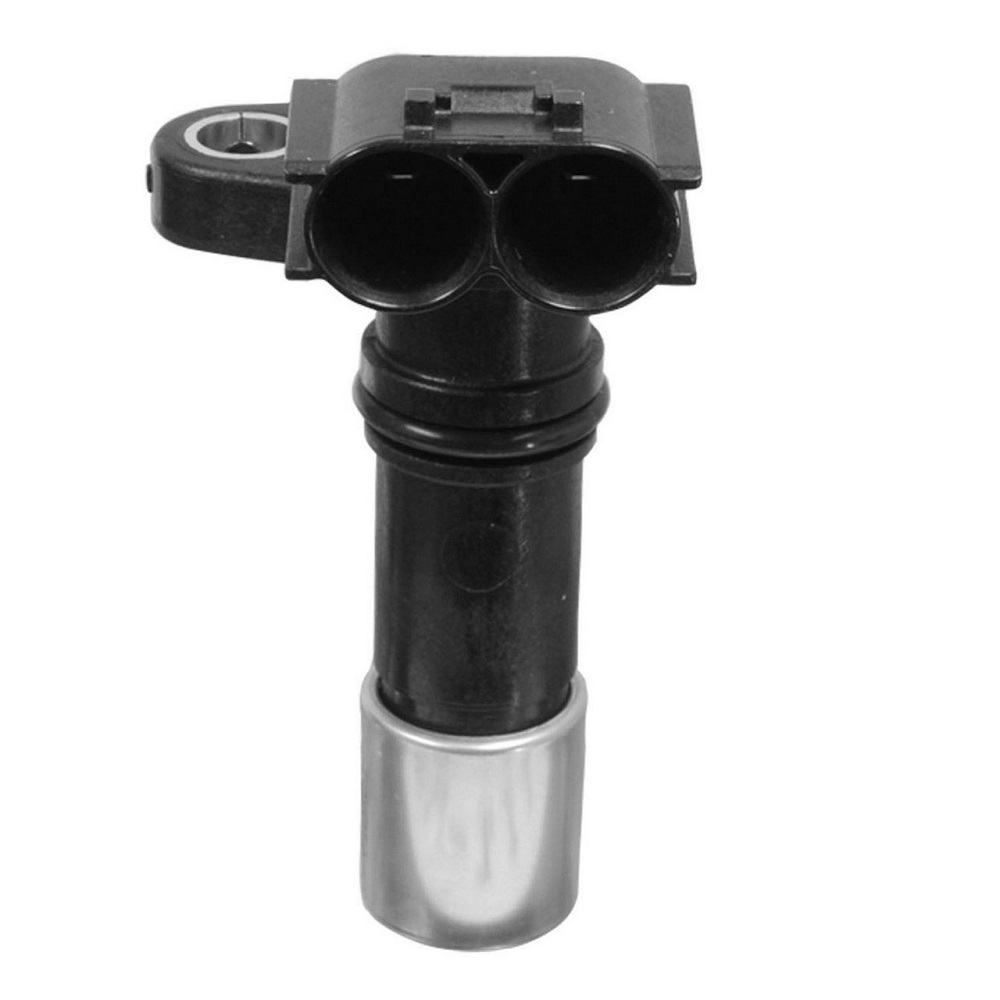
Role of the Crankshaft Sensor in Engine Performance
Timing for Ignition and Fuel Injection
One of the essential jobs of the crankshaft sensor is to assist in determining the correct timing for ignition and fuel injection. As the crankshaft rotates, the sensor conveys its position to the ECU. The ECU uses this information to calculate the precise timing for when fuel should be injected into the cylinders and when the spark plugs should fire.
This synchronization is essential for ensuring efficient combustion. If the timing is off, it can result in a range of issues, including engine misfires, hesitation during acceleration, and reduced overall power output. By providing accurate position data, the crankshaft allows the engine to operate smoothly and efficiently, maximizing performance and fuel economy.
Relationship with Other Sensors
The crankshaft sensor does not work in isolation; it is part of a network of sensors that help control engine performance. For example, it often works closely with the camshaft position sensor. While the crankshaft monitors the position and speed of the crankshaft, the camshaft position sensor tracks the position of the camshaft. Together, these sensors provide critical data that enables the ECU to optimize engine timing and efficiency.
By coordinating data from various sensors, the ECU can make real-time adjustments during operation. This capability ensures the engine runs smoothly across various conditions, such as during acceleration or deceleration. The relationship between the crankshaft sensor and other sensors illustrates the complexity of modern engines and their need for accurate data inputs.
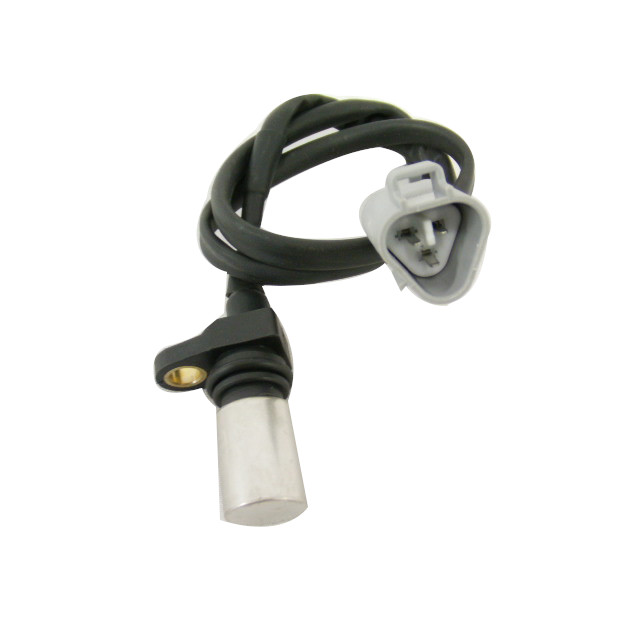
Signs of a Failing Crankshaft
Difficulty Starting the Engine
One of the first signs of a failing crankshaft sensor can be difficulty starting the engine. When the sensor malfunctions, it may fail to send the correct signals to the ECU. This can cause the engine to crank without starting, leading to frustration for the driver. In some cases, the engine may start intermittently, giving no clear indication of the underlying issue.
If you find that your engine has trouble starting, it’s important not to ignore this symptom. While other problems can cause starting issues, a malfunctioning crankshaft sensor should be one of the first things checked during diagnostics. Addressing the problem early can help prevent additional complications down the line.
Unusual Engine Behavior
Another indicator of a faulty crankshaft sensor is unusual engine behavior. This can manifest in various ways, including stalling, hesitation during acceleration, or rough idling. If the sensor sends incorrect data to the ECU, it can disrupt the timing of fuel injection and ignition, resulting in poor performance.
For example, a failing crankshaft sensor might cause the engine to intermittently lose power while driving. It may feel like a sudden loss of acceleration or an inability to respond to the throttle. These issues can be particularly dangerous if they occur while driving at high speeds or in heavy traffic. Therefore, addressing any unusual engine behavior promptly is crucial for safety.
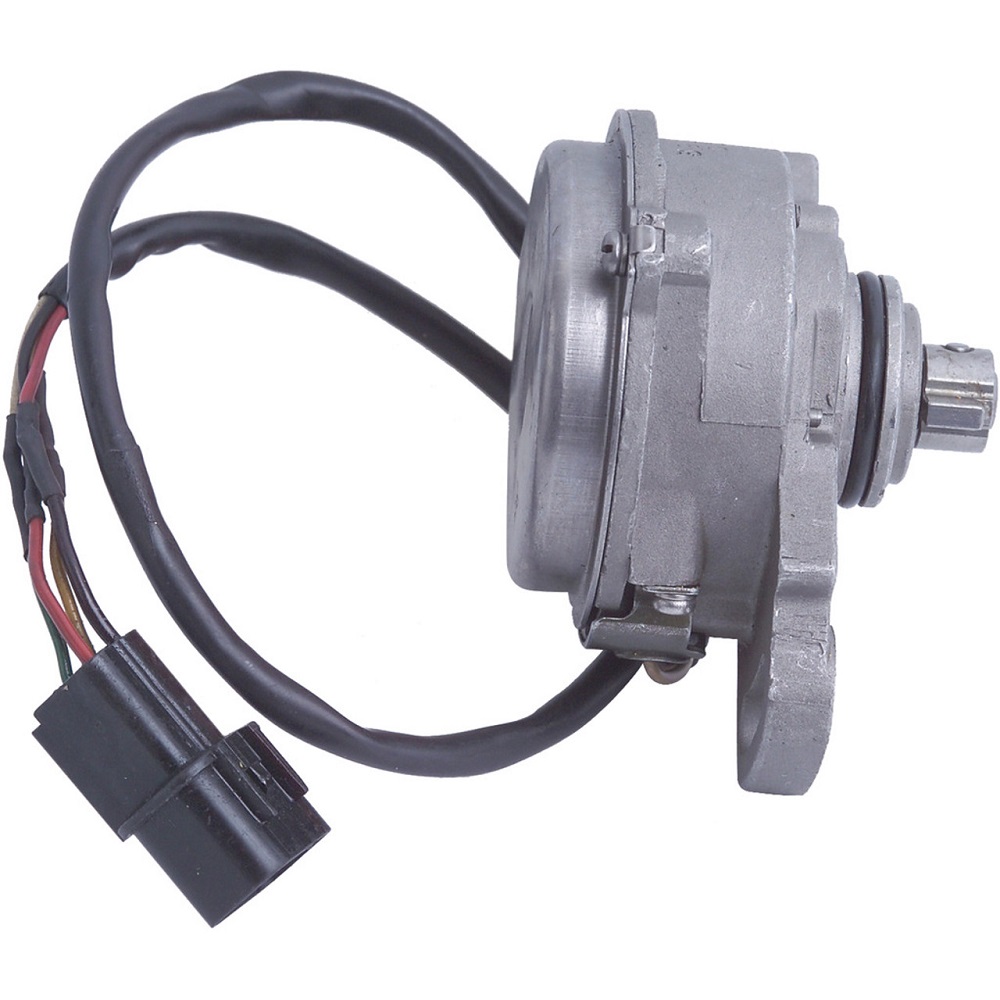
Testing and Diagnosing Crankshaft Sensor Issues
Using Diagnostic Tools
If you suspect that your crankshaft may be failing, using diagnostic tools can provide valuable insights. Modern vehicles are equipped with onboard diagnostic systems that can store trouble codes related to sensor issues. Scanning your vehicle with an OBD-II scanner can retrieve these codes, helping you determine if the crankshaft sensor is at fault.
Common codes that may indicate a crankshaft issue include P0335 (crankshaft position sensor circuit malfunction) or P0336 (crankshaft position sensor range/performance problem). Understanding these codes can guide you in diagnosing the problem accurately. It’s also helpful to consult your vehicle’s service manual for further information about the specific codes related to your make and model.
Visual and Physical Inspection
In addition to using diagnostic tools, performing a visual and physical inspection of the crankshaft and surrounding components is essential. Check the wiring and connectors for signs of damage, fraying, or loose connections. Corroded or damaged wires can affect the sensor’s performance and may need to be repaired or replaced.
It’s also important to check the sensor mounting. Ensure that the sensor is securely attached to its mounting point. A loose sensor can generate false readings, causing erratic engine behavior. By conducting thorough inspections, you can quickly identify any issues and take corrective action before they lead to more significant engine problems.
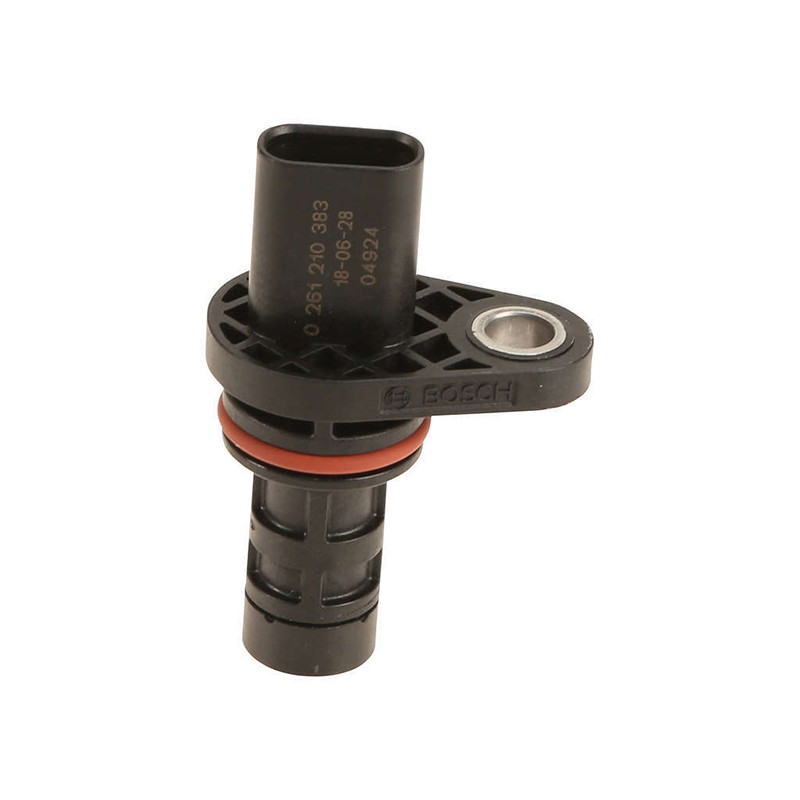
Replacing the Crankshaft Sensor
Knowing When to Replace
If tests indicate that your crankshaft sensor is indeed malfunctioning, replacing it is crucial for maintaining engine performance. Delaying the replacement can lead to further complications, including more significant engine issues and reduced efficiency. It’s essential to keep in mind that a malfunctioning crankshaft sensor can cause not just stalling but also increased wear on other components within the engine.
Before proceeding with the replacement, consult your vehicle’s manual to understand the specifics of your model. Make sure to follow manufacturer guidelines regarding parts and procedures. This ensures that you will get the correct part and install it properly, preserving the integrity of your engine.
DIY Replacement vs. Professional Help
While some car enthusiasts may feel comfortable replacing the crankshaft sensor themselves, others may prefer professional assistance. Replacing a crankshaft sensor is generally straightforward, involving disconnection from the wiring harness and unscrewing the old sensor. However, if you are unfamiliar with the process or lack the necessary tools, seeking professional help is the best option.
An experienced mechanic can ensure the job is done correctly, helping you avoid potential pitfalls associated with DIY repairs. Additionally, they can perform a thorough check of your engine to ensure that no other issues are present. Choosing between DIY and professional help often depends on your comfort level with automotive repairs.
Conclusion: The Role of the Crankshaft in Engine Health
Summary of Key Points
In conclusion, the crankshaft sensor plays a critical role in engine performance and efficiency. Understanding its function, the signs of failure, and how to diagnose issues can empower vehicle owners to maintain their cars more effectively. Ensuring that this vital component operates correctly is essential for optimal vehicle performance.
By taking the time to choose a reliable crankshaft, maintaining it diligently, and addressing any issues promptly, you can keep your engine running smoothly. The sensor crankshaft is a key player in the engine’s management system, allowing for improved fuel efficiency, reduced emissions, and enhanced overall performance.
Embracing a Proactive Approach
As automotive technology continues to evolve, staying informed about your vehicle’s components is essential. Recognizing the importance of the sensor crankshaft and understanding its position in the larger context of engine health will enable you to make better maintenance choices. A proactive approach to caring for your vehicle will contribute to its longevity and reliability.
Overall, investing in knowledge about your car’s systems will lead to more confident ownership. Developing a solid foundation regarding your engine and its components, including the crankshaft sensor, can enhance your understanding of automotive care. This insight will ultimately foster a deeper connection with your vehicle, allowing you to enjoy safer and more efficient drives for years to come.
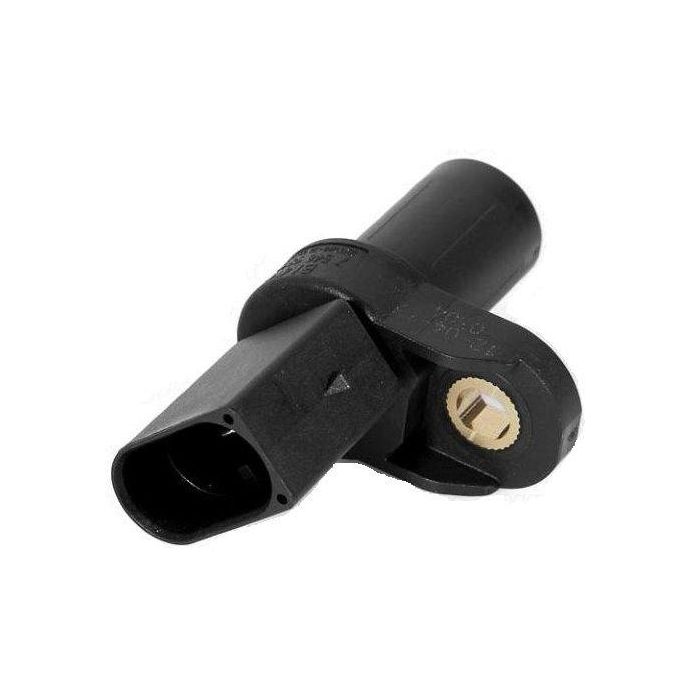
Leave a Reply